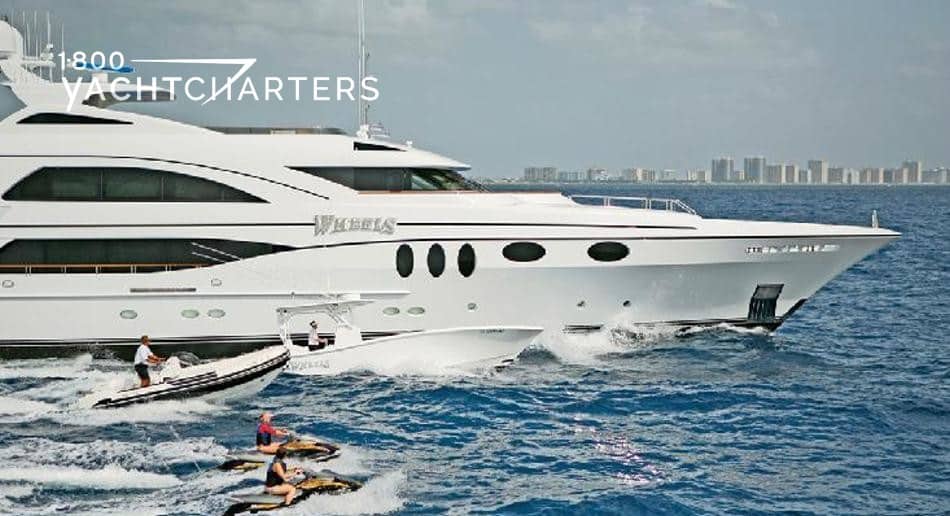Asce 7 10 Chapter 30 Pdf
1 ASCE 7-10 Wind Loads Ronald Cook 1, Larry Griffis 2, Peter Vickery 3, Eric Stafford 4 1 Civil and Coastal Engineering, University of Florida, 2 Structures Division, Walter P. Moore and Associates, 3 Applied Research Associates, 4 T. Eric Stafford & Associates, ABSTRACT ASCE 7-10 Minimum Design Loads for Buildings and Other Structures contains several changes regarding wind loads. The major editorial change is a complete reorganization to a multiple-chapter format as done previously for seismic loads with the objective being to make the provisions easier to follow.
Sprint-Layout-6-RUS-Portable +. Sprint Layout 6 0 Torrent Download DOWNLOAD (Mirror #1) e31cf57bcd Come and download sprint layout 5 0 absolutely for free, Fast. Sprint-Layout 6 - es el entorno modificado de PCB. Esta versin aade una gran cantidad de componentes electrnicos que hacen placa de desarrollo ms. Sprint-Layout-6-RUS-Portable +. Sprint-Layout_6_RUS_Portable_15200_macros 4 torrent download locations zooqle.com Sprint-Layout Portable 6.0 x86 x64 [2013, RUS] app 1 day monova.org. Sprint-Layout 6.0 AIO. Sprint-Layout – this software is getting more and more famous in the last years. If you need a software to design your PCBs easy and fast, you can’t get away from this sprint software! Download links are directly from our mirrors or publisher's website, Sprint-Layout 6.0 torrent files or shared files from free file sharing and free upload services, including Sprint-Layout 6.0 Rapidshare, MegaUpload, HellShare, HotFile, FileServe, YouSendIt, SendSpace, DepositFiles, Letitbit, MailBigFile, DropSend, MediaMax, LeapFile, zUpload. Sprint layout 70 rus torrent.

ASCE/SEI 7-10 Minimum Design Loads for Buildings and Other Structures. SEI/ASCE 30-00 Guideline for Condition Assessment. Probability Density Functions ASCE. ASCE7‐10 Components & Cladding Wind Load Provisions. Chapter 30 • C. Example Problems. • To use the C&C design procedures of ASCE 7‐10, the building.
Technical changes include the introduction of new wind speed maps to be used with a 1.0 load factor for LRFD and a 0.6 load factor for ASD, the reintroduction of Exposure D for water surfaces in hurricane-prone regions, and revised wind-borne debris regions. A new simplified procedure for buildings up to 160 ft has been added based on the provisions for buildings of all heights.
INTRODUCTION The major changes to the wind load provisions of ASCE 7 introduced in ASCE 7-10 are: Reorganization of wind load provisions Wind speed maps Re-introduction of Exposure D in hurricane-prone regions Wind-borne debris region Simplified procedure for buildings 160 ft This paper presents a general background on the basis for these changes. Thirty other changes related to wind loads were included in ASCE The majority of these changes were editorial but some did include technical changes. These include: Minimum wind loads Improved exposure and roughness examples Revisions to low-rise envelope method Rooftop equipment 2 REORGANIZATION OF WIND LOAD PROVISIONS The wind load provisions of Chapter 6 in ASCE 7 have been reorganized into 6 new Chapters. In recent years, there has been much discussion about the layout and presentation of the wind load provisions in ASCE 7. While, ASCE 7-98 did make some improvements to the format (introduction of the 3 Methods), much of the important information was buried deep within the paragraph numbering. In addition, Method 2 Analytical Procedure actually contained several analytical methods embedded within the section (e.g., Buildings of All Heights and Low-rise Buildings).
While the provisions were technically correct and properly numbered, understanding and applying the appropriate wind loads could be somewhat cumbersome. The primary goals of the reorganization effort were to keep the section numbering smaller and to locate major subject areas as distinct chapters. Additionally, it was desired to order the wind provisions in a logical sequence for the general structural design community.
The official site of NASCAR, the National Association for Stock Car Auto Racing. Find NASCAR news, schedules. Drivers & Teams. 2016 Drivers; 2016 Teams. Private jet photos of NASCAR drivers and team owners. NASCAR Corporate Jet Fleet. These 3 jets are part of the NASCAR / International Speedway corporate fleet. 
Accomplishing these goals led to the creation of 6 distinct chapters and the relocation of the provisions into their most logical new chapter. For example, the provisions for determining MWFRS loads are in separate chapters from Components and Cladding. Additionally, the different methods for determining MWFRS loads are located in the 3 separate chapters Chapter 27 Directional Procedure (formerly buildings of all heights in Method 2); Chapter 28 Envelope Procedure (formerly low-rise buildings in Method 2); and Chapter 29 Other Structures and Building Appurtenances (formerly embedded in Method 2). Each chapter was again subdivided into parts where deemed appropriate for clarity.
For example in Chapter 28 the analytical method for determining wind loads for low-rise buildings is identified as Part 1 and the simplified method for determining wind loads for low-rise buildings is identified as Part 2. Similar subdivisions occur in Chapters 27 and 30. To ease the transition to the new format and to facilitate improved awareness of the provisions applicable to the various methods, each chapter and parts contain tables that specifically identify and outline the steps and provisions applicable for that respective chapter or part. Table shown below is an example of one of the outlines presented for Part 1 in Chapter 27.
ASCE 7-10 Wind Loads Ronald Cook1, Larry Griffis2, Peter Vickery3, Eric Stafford4 1 Civil and Coastal Engineering, University of Florida, Structures Division, Walter P. Moore and Associates, 3 Applied Research Associates, 4 T.